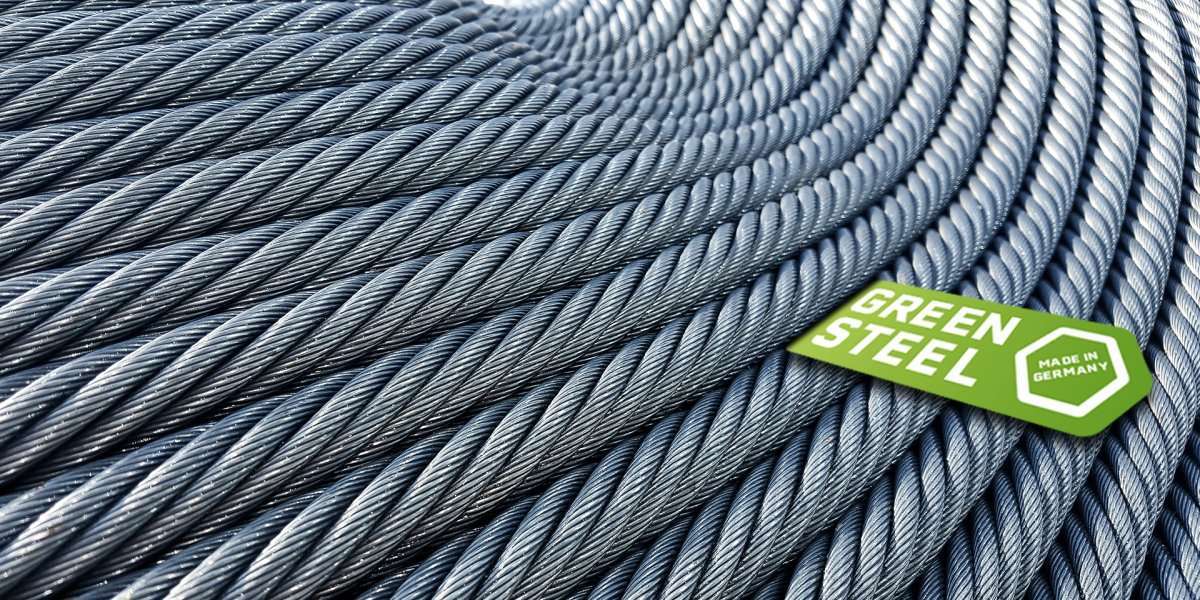Introduction
The steel industry, a major contributor to global carbon emissions, is under increasing pressure to decarbonize. Green steel, produced using sustainable technologies and clean energy, is gaining traction as governments implement carbon pricing and emission reduction policies to curb industrial pollution. These regulatory measures are reshaping the steel market, incentivizing low-carbon innovations and driving investments in sustainable manufacturing.
The Impact of Carbon Pricing on the Green Steel Market
Carbon pricing, in the form of carbon taxes and emissions trading systems (ETS), is a key policy tool driving the transition toward green steel.
1. Carbon Taxes
Mechanism: Governments impose a direct tax on CO2 emissions, making carbon-intensive steel production more expensive.
Effect on Steel Industry: Encourages companies to adopt low-carbon technologies such as hydrogen-based direct reduced iron (H-DRI) and electric arc furnaces (EAFs).
Examples: Sweden and Canada have implemented high carbon taxes, pushing steelmakers to adopt sustainable alternatives.
2. Emissions Trading Systems (ETS)
Mechanism: Companies are allocated emission allowances that can be traded in a carbon market.
Effect on Steel Industry: Provides an economic incentive for steel producers to reduce emissions and invest in carbon capture, utilization, and storage (CCUS).
Examples: The European Union Emissions Trading System (EU ETS) is the world’s largest carbon market, significantly impacting European steel production.
Key Emission Reduction Policies Driving Green Steel Adoption
Governments worldwide are implementing policies that encourage the transition to green steel.
1. Green Public Procurement Policies
Mechanism: Governments prioritize purchasing low-carbon steel for public infrastructure projects.
Effect on Steel Industry: Creates demand for sustainable steel, accelerating industry-wide adoption.
Example: The U.S. Buy Clean Initiative promotes procurement of green steel for federal projects.
2. Carbon Border Adjustment Mechanisms (CBAMs)
Mechanism: Tariffs on imported steel based on carbon content prevent carbon leakage.
Effect on Steel Industry: Encourages domestic producers to adopt greener processes to remain competitive.
Example: The EU CBAM, set to take full effect by 2026, will impact global steel trade dynamics.
3. Renewable Energy Mandates and Subsidies
Mechanism: Financial incentives for steelmakers to use renewable energy sources.
Effect on Steel Industry: Supports the transition from coal-based production to wind and solar-powered EAFs.
Example: India’s National Green Hydrogen Mission aims to develop hydrogen-based steel production.
Regional Adoption of Carbon Policies in the Steel Sector
1. Europe: Leading Carbon Regulation Efforts
EU ETS and CBAM are accelerating green steel investments.
Major companies: ArcelorMittal and SSAB are pioneering hydrogen-based steel production.
2. North America: Incentives for Low-Carbon Steel
Inflation Reduction Act (IRA) in the U.S. provides tax credits for green steel production.
Canada’s carbon pricing system is encouraging EAF adoption.
3. Asia-Pacific: Mixed Approaches to Carbon Regulation
China’s carbon market is evolving but remains less stringent.
Japan and South Korea are investing in hydrogen-based steel technologies.
Future Outlook
As carbon pricing and emission reduction policies strengthen globally, the demand for green steel will continue to grow. Governments, industry leaders, and investors must collaborate to scale up sustainable solutions, ensuring a smooth transition to a net-zero steel industry by 2050.
Conclusion
The role of carbon pricing and emission reduction policies in the green steel market is critical to achieving global decarbonization goals. By implementing carbon taxes, emissions trading systems, and regulatory incentives, governments are reshaping the steel industry’s future. As a result, green steel technologies will become mainstream, driving long-term sustainability and reducing the industry’s environmental footprint.








